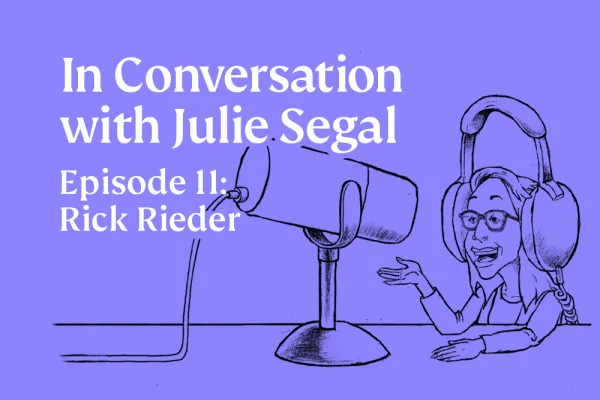Regulators would likely be pleased that Wall Street bankers aren’t having much fun these days. After all, regulators increased capital requirements and enacted other measures like the Volcker Rule to smoke out the risky activities that led to the financial crisis. And if the new banks aren’t exactly enjoyable places to work, then all the better.
But risk-taking cannot be destroyed, it can only be transferred from one spot to another — for many good reasons. Some of this risk-taking involves financing smaller businesses looking to expand or lending to cyclical industries like oil and gas.
As someone who has been reporting on the financial markets since the early 1990s, I find it fascinating to see firsthand the huge restructuring that is taking place in the financial services industry. In December 2011, I wrote about how BlackRock was retooling the relationship between asset managers, Wall Street and companies looking for capital. My most recent story — on how former Deutsche Bank Securities CEO Tommy Gahan has recruited his ex-colleagues to build lending and trading businesses, this time at a money manager called Benefit Street Partners — attempts to show just what that transformation looks like.
Much of what banks did in the 2000s is moving from Wall Street to the buy side, a somewhat antiquated term for money managers and investors. Banks lent borrowed money to smaller and sometimes troubled companies — one form of that risk-taking that they can no longer do for the most part. Investors, on the other hand, are lending real assets that belong to pensioners, sovereign wealth funds and others. If they make bad loans, taxpayers won’t have to bail them out.
But back to the fun. Ray Costa, who Gahan hired to ultimately start a distressed debt business, was an open book during my interview with him. As he chronicled his career from the late 1980s and the trades that he used to make money during each of the financial crises of the past 20 years, he talked faster and faster, oozing excitement. His energy was infectious.
I always urge people to get into the weeds of their careers and the events that marked turning points for them, but often they skip the salacious details. Costa was fun: “Chasing what you kill” was one great phrase that stood out from our conversation. After the 2008–’09 financial crisis, Costa stayed at Deutsche Bank and rose to take on a huge job. But in describing that, he calmed down and his energy stalled. Clearly risk-taking at banks needed to be regulated in a different way, but activities like proprietary trading — stepping in to buy unloved securities, say, when everybody else is dumping them — is a necessary activity. As Costa described the current froth in the credit markets and the opportunities that will be created when things inevitably turn, it was clear why he joined Gahan. Deutsche Bank wasn’t going to be doing much in the way of scooping up distressed debt, even if it still has a trading desk with that name on it. To thrive, banks will have to figure out how to inject a little fun. Even in finance, it’s not all about the compensation.
One of the things that Institutional Investor has specialized in for decades is telling our stories through the people, not the products. It’s delicate work to try to describe a fairly public figure in a way that is not cliché and doesn’t just repeat the stories these execs have fashioned for themselves. Some people, like Costa, are easy: They just are who they are.
Then there are guys, like Tommy Gahan, who have no interest in even attempting to charm you, let alone spend enough time with you to let you figure them out. It was clear from the beginning that Gahan wasn’t that interested in telling his story. He had been profiled by Investment Dealers Digest 20 years ago and that seemed enough. But I needed to determine whether his reputation for toughness (this is a euphemism) was real or just the shorthand that others in the financial industry used to describe him and which he felt no need to dispel.
I researched Gahan’s personality like a bulldog. I didn’t need to say much about it in my story, but I did need to be confident that I knew what Gahan is really like. I talked to scores of people about him to make sure I wasn’t falling into a trap. For most journalists with little time to report, it’s easy to go with the prepackaged description of people. You can take hobbies like fly fishing (Gahan) and make them stand in for the character traits you don’t know. This rang clear for me after listening to the author of The Cynic: The Political Education of Mitch McConnell, talking about how the Republican senator had polio as a child. He cautioned Terry Gross of NPR that it’s easy to draw pat conclusions from facts like these.
In the end, though, after he finally agreed to spend a bit of time with me, Tommy Gahan turned out to be just a guy — private, smart, impatient with fools and preferring the company of his wife and five daughters to that of a journalist.
Get more from Julie Segal. Follow her on Twitter at @julie_segal.







